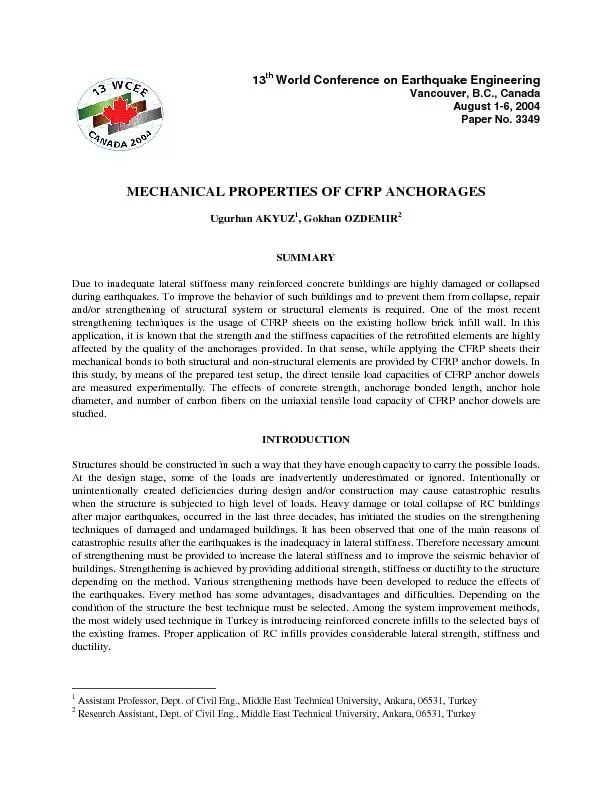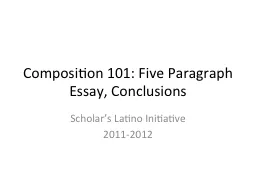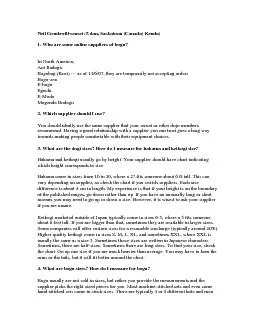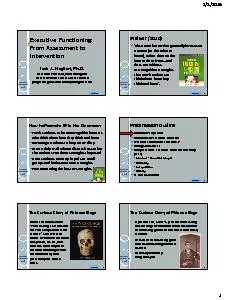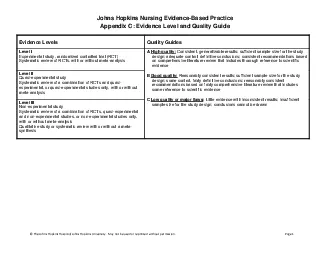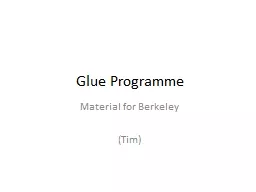PDF-CONCLUSIONS In this experimental study, effects of CFRP sheet width, b
Author : luanne-stotts | Published Date : 2016-05-10
In Figure 10 the effect of CFRP sheet width with changing compressive strength of concrete is given This figure indicates that concrete strength on the load carrying
Presentation Embed Code
Download Presentation
Download Presentation The PPT/PDF document "CONCLUSIONS In this experimental study, ..." is the property of its rightful owner. Permission is granted to download and print the materials on this website for personal, non-commercial use only, and to display it on your personal computer provided you do not modify the materials and that you retain all copyright notices contained in the materials. By downloading content from our website, you accept the terms of this agreement.
CONCLUSIONS In this experimental study, effects of CFRP sheet width, b: Transcript
Download Rules Of Document
"CONCLUSIONS In this experimental study, effects of CFRP sheet width, b"The content belongs to its owner. You may download and print it for personal use, without modification, and keep all copyright notices. By downloading, you agree to these terms.
Related Documents

